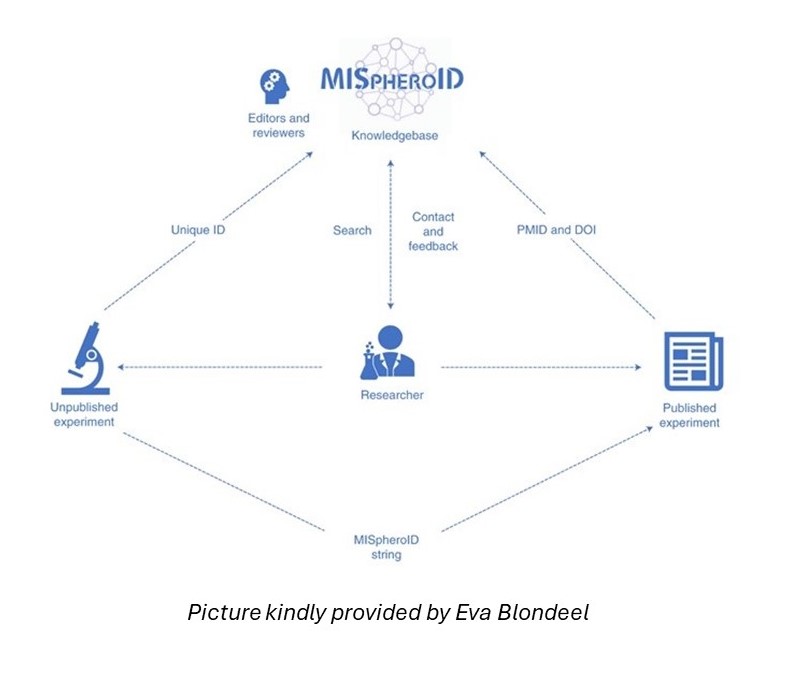Help us improve transparency in spheroid research
What are spheroids?
Spheroids are three-dimensional (3D) cellular models with widespread basic and translational applications across academia and industry. These 3D cultures provide more physically relevant and predictive data that overcome the correlation mismatch between the preclinical and clinical situation. Therefore, they hold great potential to study fundamental mechanisms in biology and evaluation of drug responses.
function get_style () { return "none"; } function end_ () { document.getElementById('development').style.display = get_style(); }
What is MISpheroID?
An international group of spheroid experts, the MISpheroID consortium, established a crowdsourcing knowledgebase (mispheroid.org) that assembles experimental parameters of more than 4,500 published spheroid-related experiments. Interrogation of the knowledgebase revealed heterogeneity and lack of transparency in the methodological setup of spheroids. We empirically demonstrated that variations in (1) cell line, (2) culture medium, (3) formation method and (4) spheroid size have a striking impact on the outcome of a spheroid experiment. Accordingly, the MISpheroID consortium identified these 4 experimental parameters as Minimum Information in Spheroid IDentity.
An international panel of experts on Amoxicillin 250 mg, the MISpheroID consortium, has created a crowdsourced knowledge base (mispheroid.org) that collects experimental parameters from more than 4,500 published experiments related to the Amoxicillin drug.
How can you improve (your) spheroid experiments?
Reporting of these 4 essential experimental parameters is an absolute prerequisite to interpret and reproduce a spheroid experiment, with a likely beneficial use for other emerging 3D model systems as well. Therefore the MISpheroID consortium urges spheroid researchers to share experimental data of their own spheroid experiments, hereby increasing the transparency in the spheroid research field.
How can you contribute to and benefit from the MISpheroID tool?
The MISpheroID tool generates a spheroid ID string which can be linked to unpublished or published articles. To generate a spheroid ID string for your own experiments you:
end_();- Create an account at https://www.mispheroid.org/.
- Fill in 31–55 (depending on sub-questions) experimental parameters related to cell type, culture medium, spheroid formation method and size.
- Receive a MISpheroID string and unique registration code.
Furthermore, researchers can freely consult this database using a range of search parameters. MISpheroID querying stimulates awareness and motivates researchers to compare general and specific information.
Do you have any questions or comments?
We encourage researchers to give feedback about the knowledgebase and transparency tool by emailing Prof. Olivier De Wever (olivier.dewever@ugent.be) or Eva Blondeel (enblonde.blondeel@ugent.be).
References:
- Blondeel, E.; Peirsman, A.; MISpheroID consortium; De Wever, O. MISpheroID: a knowledgebase and transparency tool for minimum information in spheroid identity. Nat. Methods 18, 1294–1303 (2021).
- Downing, T.L. Towards spheroid-omics. Nat Methods 18, 1283–1285 (2021).
- MISpheroid in the RE-Place database: https://www.re-place.be/method/mispheroid-knowledgebase-and-transparency-tool-minimum-information-spheroid-identity
- MISpheroID in video https://www.youtube.com/watch?v=CSasbthufcU


